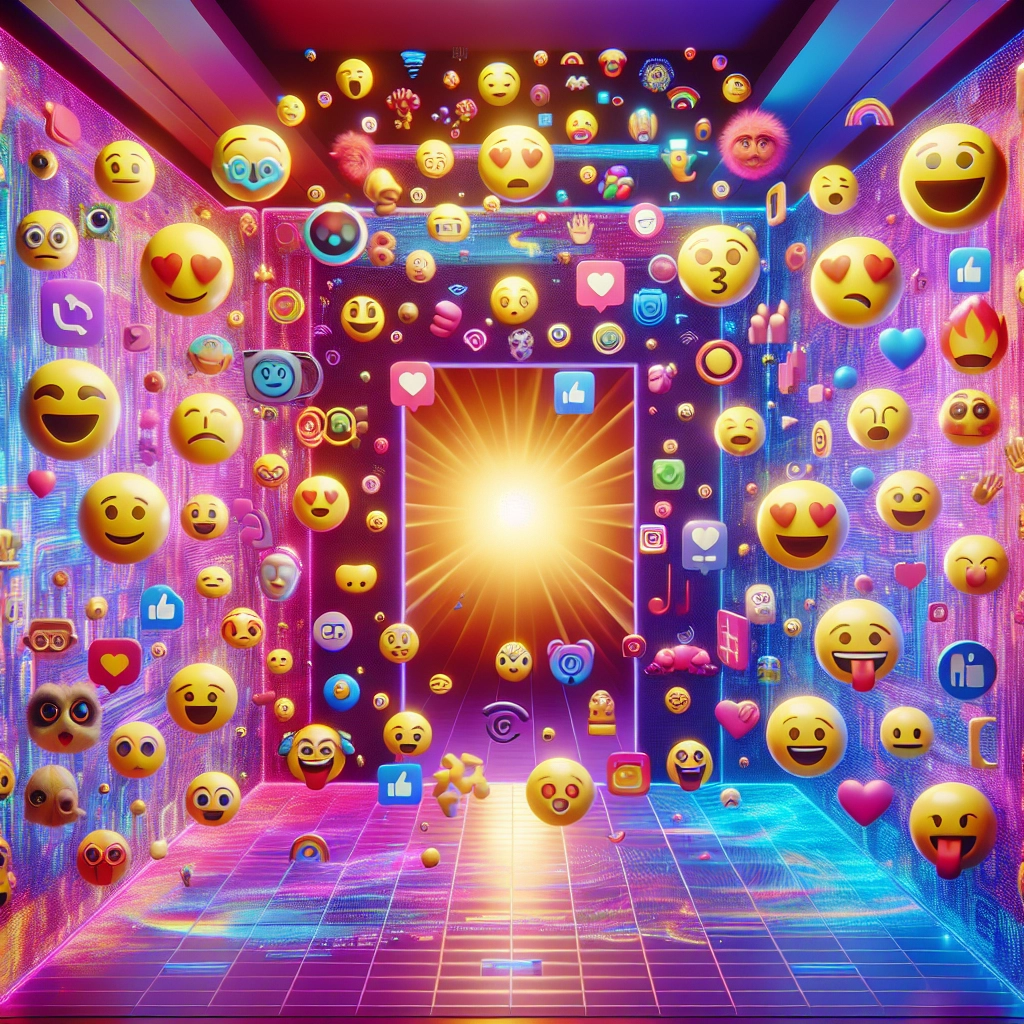Let’s talk about emojis. We all use them—whether it’s a quick to lighten the mood in a text or a ❤️ to show support. But have you ever considered how emojis evolved from being a simple extra to a universal way of communicating?
For UX and web designers, the rise of emojis is not just fascinating; it also contains important lessons about design, simplicity, and building connections with users.
The Origins of Emojis: Addressing UX Challenges
Before emojis, there were emoticons, such as and ;-). These basic combinations expressed emotions in plain text and date back to the 1980s. While simple, they addressed the need to convey tone in digital conversations. In 1999, Japanese designer Shigetaka Kurita took it to the next level by creating the first set of emojis—176 tiny 12×12 pixel icons for a mobile platform in Japan. His aim was to facilitate faster and more expressive communication in limited screen spaces.
This challenge resonates with UX principles—packing more meaning into less space. Kurita’s intuitive icons revolutionized digital communication.
From Japan to Global Phenomenon
Initially, emojis were exclusive to Japan until the launch of the iPhone in 2011. Apple integrated an emoji keyboard in iOS, and soon the world caught on. Key to this rapid adoption was the standardization initiated by the Unicode Consortium in 2010, ensuring consistent emoji appearance across devices. This consistency is crucial for UX designers—it highlights the need for uniformity and user trust across various platforms.
Embracing Inclusivity
As emojis gained global traction, it became clear that early designs lacked diversity. The default skin tone, limited gender representation, and lack of cultural symbols were significant oversights for a supposed universal language.
In 2015, change began. Apple introduced skin tone options, and the Unicode Consortium expanded emojis to include various genders, professions, family types, and cultural symbols. This shift made emojis more reflective of users’ identities.
For designers, this emphasized that inclusivity is essential. Creating designs that cater to diverse audiences isn’t merely an ethical obligation—it enhances the overall user experience.
The Emotional Power of Emojis
Emojis excel at microinteractions—they are quick, intuitive, and filled with emotional nuance. They clarify tone and intent that simple text may overlook, making them effective tools in user experience.
This aligns with a core tenet of design: great interfaces foster connection, not just functionality. Small, thoughtful elements—like emojis—can leave a significant impact.
Implementing Emojis in Design
Today, emojis have seamlessly integrated into web and product design. Designers utilize them to:
- Simplify Navigation: Emojis serve as recognizable icons in menus or calls-to-action.
- Add Personality: Small elements like can inject a playful touch into interfaces.
- Enhance Accessibility: Paired with text, they help users process information efficiently.
For web designers, emojis illustrate how little details can significantly enhance a project’s character, providing a memorable user experience.
The Future of Emojis
Looking ahead, the future of emojis seems promising. With advancements in augmented reality (AR) and virtual reality (VR), we may witness the emergence of animated and 3D emojis, enriching digital communication. Moreover, AI could personalize emojis to suit individual preferences or moods. Inclusivity will continue to evolve, introducing more emojis that represent diverse cultures and experiences.
Key Takeaways for UX Designers
The journey of emojis delivers valuable insights for UX and web designers:
- Simplicity Is Key: Effective communication doesn’t require complexity; simple, high-impact designs resonate best.
- Consistency Counts: Just as emojis must be uniform across platforms, great UX relies on consistent design systems.
- Emotion Is Important: Integrating emotional context enhances user connections.
- Inclusivity Is Vital: Designing for diverse audiences improves user satisfaction and engagement.
Ultimately, emojis may be small, but their influence on communication and design is profound. They remind us that outstanding UX transcends mere functionality; it entails crafting experiences that resonate on a human level. And isn’t that the essence of design?
Welcome to DediRock, your trusted partner in high-performance hosting solutions. At DediRock, we specialize in providing dedicated servers, VPS hosting, and cloud services tailored to meet the unique needs of businesses and individuals alike. Our mission is to deliver reliable, scalable, and secure hosting solutions that empower our clients to achieve their digital goals. With a commitment to exceptional customer support, cutting-edge technology, and robust infrastructure, DediRock stands out as a leader in the hosting industry. Join us and experience the difference that dedicated service and unwavering reliability can make for your online presence. Launch our website.

